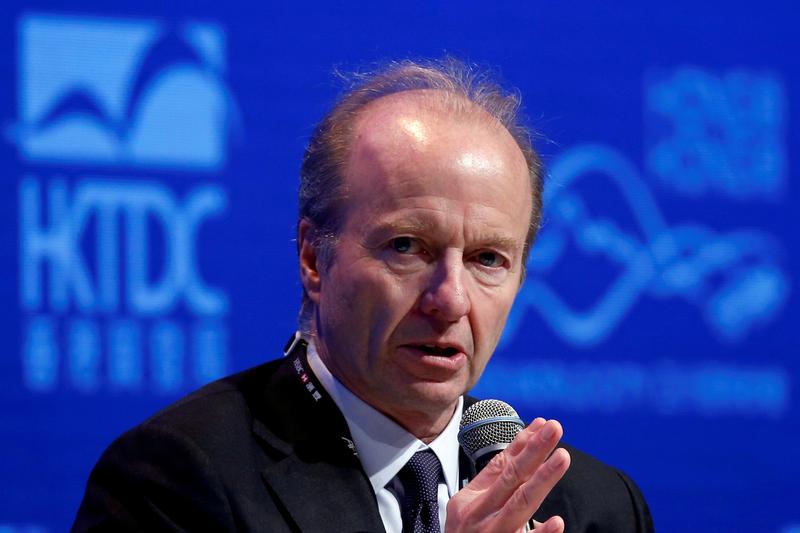LONDON (Reuters) – Stablecoins would have to comply with the same safeguards as their more traditional competitors in payments under proposals from regulators on Wednesday as authorities get to grips with a rapidly evolving sector.
Stablecoins are cryptocurrencies designed to have a stable value relative to traditional currencies, or to a commodity such as gold, to avoid the volatility that makes bitcoin and other digital tokens impractical for most commerce.
Facebook Inc’s move in 2019 to introduce its own stablecoin Diem, then known as Libra, raised concerns among governments and central banks that a major payments competitor could emerge overnight with little regulation.
Since then, Diem has radically scaled back its ambitions and plans to launch a U.S. dollar stablecoin.
The IOSCO group of securities regulators and the Bank for International Settlements, a global forum for central banks, set out on Wednesday how current rules for major clearing, settlement and payments services should also be applied to ‘systemic’ or heavily used stablecoins.
The proposals, put out to public consultation before being finalised early next year, put into practice what regulators have long called for: the same rules for the same type of business and accompanying risks.
The rules mean a stablecoin operator must set up a legal entity which spells out how it is governed and manages operational risks like cyber attacks.
Though still little-used for commerce, the use of stablecoins in crypto trading has grown rapidly as retail and larger investors warmed to the emerging asset class during the COVID-19 pandemic.
Tether, the largest stablecoin, has a market capitalisation of around $68 billion versus just $15 billion a year ago. The value of circulating USD Coin, another major stablecoin, has also jumped dramatically to over $30 billion from just $2.7 billion a year ago, according to CoinMarketCap.
Countries that allow stablecoins to operate would be required to apply the principles as part of their affiliation to IOSCO and the BIS.
“This report marks significant progress in understanding the implications of stablecoin arrangements for the financial system and providing clear and practical guidance on the standards they need to meet to maintain its integrity,” IOSCO Chair Ashley Alder said in a statement.
The proposals do not cover issues specific to stablecoins pegged to a basket of fiat currencies, which are being considered separately.
Source: Read Full Article
